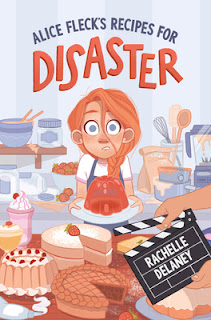Why this book?
I found this story when doing some research for my
grade 1 class when we were learning about community. My students kept talking
about the book, even weeks afterward.
My thoughts as a
creator:
This book is a great example of how to
incorporate many layers into a picture book. It includes seasonal changes,
letter writing, taking different perspectives, noticing things in the
environment and taking steps for social change. I would study this one to learn
about how to create a fun story while including lots of layers. The
illustrations are lots of fun with many shapes and patterns.
My thoughts as an
educator:
With all the layers in this book, there
is a huge potential for using this as a mentor text in the classroom. I
especially liked the way it shows different perspectives on the same place. I
thought it would be great for inspiring an inquiry about the school
neighbourhood, which could be returned to over the different seasons of the
year. It was nice to see thought bubbles and letter writing as examples kids
could use for their own writing.
Ages: 5 - 9
Grades: Gr 1 - 4
Connections: community,
kindness, taking action, letter writing
Activities:
Art/Social Studies: Discuss all the patterns in the illustrations.
Encourage student to create their own “street scene” using different patterns.
Which season would they like to show in their scene? A part II of this activity
could be to use a paper doll template to create themselves and “dress themselves for the weather” so
they can put themselves in the scene.
You could also connect this to a neighborhood photo walk using this lesson from the Art Gallery of Nova Scotia (click HERE)
Or learn about seasonal changes through a resource guide about the art of Maud Lewis from Art Canada Institute (click HERE)
Literacy/Drama: After discussing the different perspective of the girl and the people in the neighborhood, encourage students to share their understanding through a drama activity. In pairs, kids could work together to share their different points of view about different types of weather or seasonal occurrences (e.g., snow, rain, sunshine, wind, leaves changing colours etc). Volunteers could present their “skit” to the class.
Social Studies Inquiry: Set up a centre where
students can note observations about the neighborhood or a street outside your
school. Take a walk and make observations. Have students draw and label what
they notice. What might they want to learn more about? Make predictions about
how the street or neighborhood will change during different weather conditions.
What would they see? Why?
Visit the author
online (click on the name):
Visit the illustrator online:
Visit the publisher online:
*They provide a cute letter writing template for photocopying









